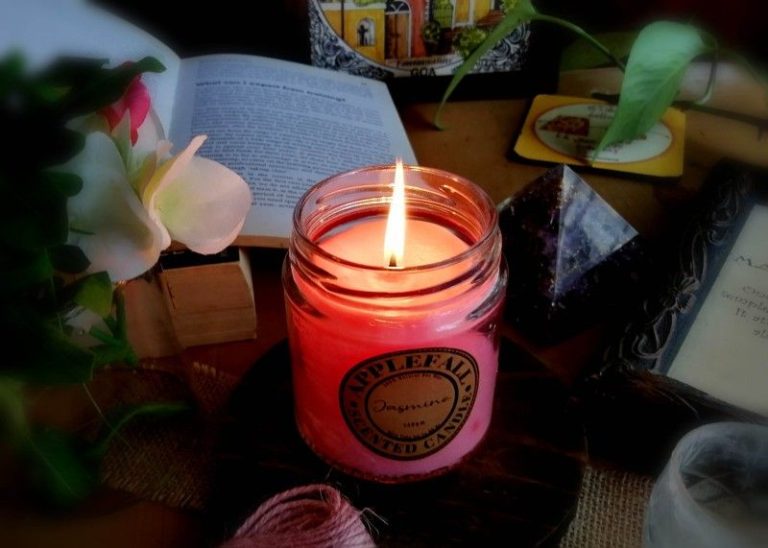Designing a water-heater system for a domestic property that includes a tankless water heater installation as well as a recirculating pump necessitates thought and consideration. This text will detail how to plan a tankless predicament installation, what you want to obtain, how to prepare for the building, how to install the heater itself, and expectations with a tankless hot-water-radiator.
Create a Tankless Installation Design
When building a tankless water heater system, you should consider the following factors: water hardness, gas flow, exhaust, and venting, drains, and, of course, the dreaded recirculating pump.
The hardness of the water
A tankless hot-water radiator will be destroyed by hard water. The calcium build-up degrades the heater’s performance and can eventually prohibit water from circulating. Testing your water before installing the heater is crucial, and you want water with less than 50 ppm. You should install a softener if your water isn’t soft.

Flow of Gas
When running, tankless water heaters use a large amount of gas. If the radiator does not receive the needed gas flow, the onboard computer will issue an error, and the heater will not function properly. The majority of it
Exhaust and Ventilation
The most common source of problems with tankless predicament systems is exhaust and venting. Many installers connect the radiator to existing ductwork, which almost always leads to system failures. You must ensure that you only use the venting indicated by the manufacturer. The heater will fail if the proper venting is not used. The venting manufacturers have collaborated directly with the manufacturer to ensure that the vent pipe is appropriately sized and that the rv hot water heater performs at peak efficiency. Also, double-check that you followed all of the instructions for connecting the vent to the heater and venting it to the surface.
The vent pipe is used for exhaust and fresh air intake in the water-heater system. The use of the proper vent pipe is essential to the success of your project. There are so many caustic molecules on the heater’s exhaust that you will ruin the heater if you do not utilize the proper venting.
Drains
Many homes would rather have a condensing water heater installed. A condensing heater is more efficient, but it has two drains. The primary drain may be a pop-off valve in an over-pressure issue, similar to a standard rv water heater, and the secondary drain is for the condensing liquid. If you don’t remove this plug, or if you don’t appropriately install a drain to remove the condensing fluids, your hot-water heater may rust.


























